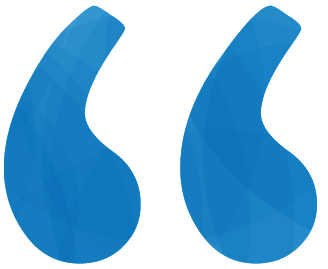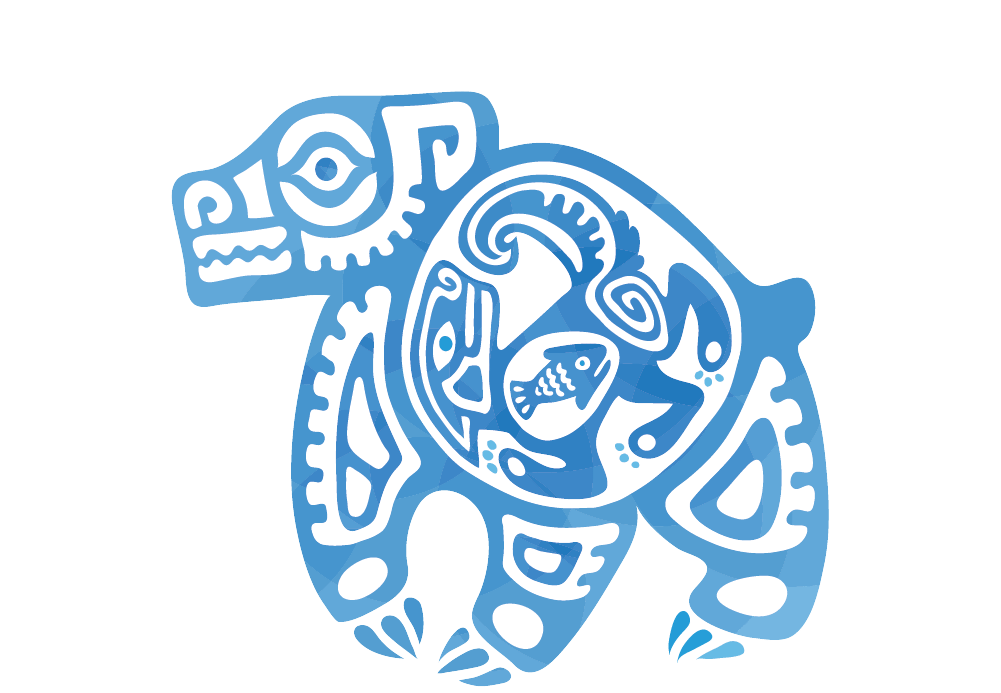Hiawatha First Nation
Community Water Planning
Hiawatha First Nation was seeking a safe, affordable and reliable water supply for its existing community members and with the capacity to meet the needs of a growing population into the future. Despite a safe and sufficient water supply throughout a majority of the reserve, there was a general community perception of hazardous water quality based on the deficiency of a few isolated sources. Most households were relying on very costly bottled water as their primary source for drinking water.
The only proposed solution on the table was the construction of a large-scale water treatment facility. Although federal funding could have covered the formidable capital costs of the facility, the timeline of funding was uncertain and Hiawatha would still have been responsible for the operations and maintenance costs. To ensure that such a significant undertaking was necessary, SVS worked alongside an expert hydro-geologist to review the water quality assessment reports published by the proponent of the treatment facility and explore other alternatives that would meet the community’s needs. We also carried out testing on spring water and private well sources that were assumed to be contaminated and published the results to increase the community’s confidence in the integrity of its existing water sources.
Our team then developed a set of alternatives that addressed household water management solutions as well as a larger community plan for furthering a reliable water source throughout the reserve, integrating the results of a Community Priorities survey surrounding infrastructure. The alternatives also included possibilities for individuals to be trained in environmental monitoring and other strategies for economic development that built the community’s capacity to obtain safe water and capitalize on other resource opportunities from development projects in the region.
Project Impact
Our findings and recommendations provided the leadership of Hiawatha First Nations with a foundation to make a decision upon. Although the community ultimately decided to pursue the development of a water treatment facility, it was a choice informed by quantitative research, not the fear of a systemically unhealthy water source and a limited set of options for the future.
Summary
Southeastern Ontario
2012 – 2014
Expertise

Our team then developed a set of alternatives that addressed household water management solutions as well as a larger community plan for furthering a reliable water source throughout the reserve.
Nichole Fraser MacDonald
Related Projects
Want to know more about what we could do with your community? Let’s chat.



